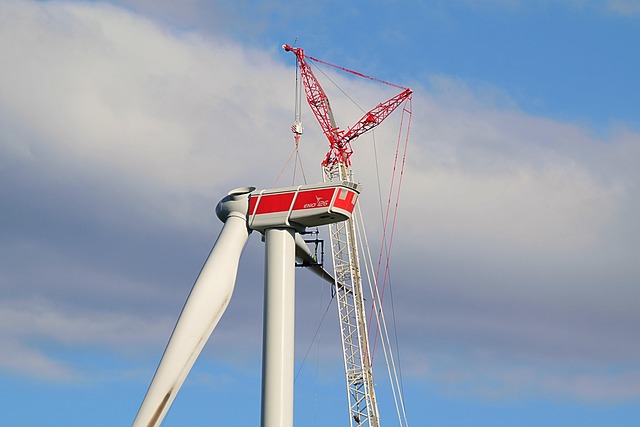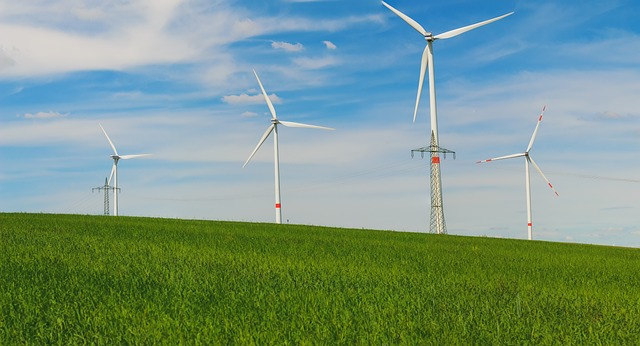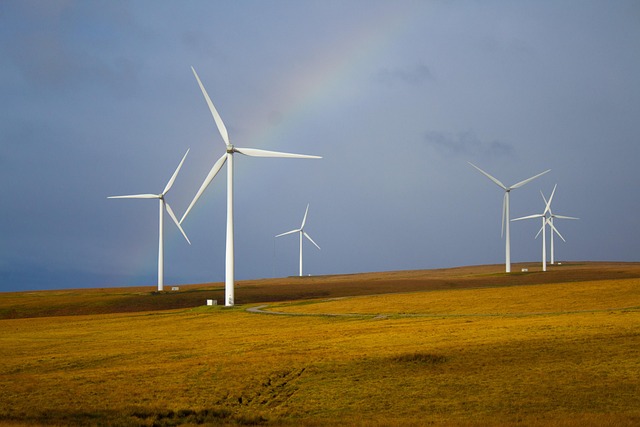A Breath of Fresh Air: The Advantages of Wind Power
Wind power has emerged as one of the leading renewable energy sources worldwide. As concerns about climate change, air pollution, and energy security intensify, wind power offers a sustainable solution to meet the growing demand for electricity. Utilizing the natural phenomenon of wind to generate energy, wind power boasts numerous advantages that contribute to a cleaner, more sustainable planet. In this article, we explore the benefits of wind power, covering its environmental, economic, and social impacts.
The Environmental Benefits of Wind Power
One of the most significant advantages of wind power is its minimal environmental impact compared to traditional fossil fuel sources. With a focus on combating climate change, wind energy generates electricity without emitting greenhouse gases, thereby playing a crucial role in lowering carbon footprints and promoting environmental health.
Wind turbines harness kinetic energy from the wind, converting it into electricity without burning fossil fuels. This leads to a considerable reduction in carbon dioxide and other harmful emissions. According to the Global Wind Energy Council, wind power helped avoid approximately 1.1 billion tonnes of carbon dioxide emissions in 2020 alone, underscoring its potential to mitigate climate change.
Additionally, wind energy conserves water resources. Unlike traditional power plants that require significant amounts of water for cooling processes, wind turbines use no water for electricity generation. This is especially relevant in water-scarce regions, making wind power an ideal alternative for sustainable development.
Economic Advantages of Wind Power
The shift towards wind power not only protects the environment but also contributes to economic growth. The renewable energy sector, particularly wind power, has proven to create jobs and stimulate local economies. Wind turbine manufacturing, installation, and maintenance require a skilled workforce, resulting in job creation across various sectors.
According to the U.S. Department of Energy, the wind industry employed over 116,000 people in the United States in 2020. As the demand for clean energy increases, this number continues to rise, presenting opportunities for rural communities that may need economic revitalization.
In addition to creating jobs, wind power can lead to lower electricity prices for consumers. Wind energy represents one of the most affordable sources of electricity generation. Technological advancements and increased competition have driven down the cost of wind energy production, making it increasingly cost-competitive with fossil fuels and even cheaper in some regions.
Moreover, wind power provides energy security by diversifying the energy supply and reducing dependence on imported fuels. Local wind farms enable countries to harness their natural resources, thereby boosting energy independence and stability in energy prices.
Health Benefits of Wind Power
The health implications of using wind power also underscore its advantages. Air pollution from conventional energy sources, such as coal and natural gas, contributes significantly to respiratory diseases, cardiovascular problems, and premature deaths. Adopting wind energy can help alleviate these public health concerns by reducing harmful emissions that negatively impact air quality.
Research indicates that transitioning to wind power can lead to substantial health benefits. The American Wind Energy Association estimates that the increased use of wind energy results in more than $7 billion saved annually in health-related costs associated with air pollution. This translates to both economic savings and improved public health, demonstrating that clean energy can have a profound impact on the quality of life for individuals and communities.
Community Benefits and Public Support
Wind energy projects often bring substantial benefits to local communities. Wind farms can provide a new source of income for farmers and landowners, enhancing local economies without compromising agricultural productivity. Land leases or royalty payments from wind projects offer financial stability, allowing farmers to diversify their income streams.
Community involvement in wind energy projects can foster public support and increase acceptance of renewable energy initiatives. Many wind projects are developed with local input, ensuring that the benefits are equitably distributed among stakeholders. By engaging communities in the decision-making process, developers can foster a greater sense of ownership and pride in renewable energy projects, which can help further promote sustainability goals.
Technological Advancements in Wind Power
The field of wind power is continually evolving, with technological advancements enhancing efficiency and performance. Innovations in turbine design, materials, and engineering have led to significant improvements in how wind energy is captured and converted into electricity. Modern turbines are larger, more efficient, and capable of generating power even in lower wind conditions, thereby expanding the geographic range suitable for wind energy generation.
The integration of digital technologies, such as predictive maintenance and smart grid systems, further optimizes the operation of wind farms, maximizing energy production while minimizing downtime. These advancements not only improve the reliability of wind energy but also enhance the overall economics of wind power, making it an increasingly attractive option in the energy mix.
The Future of Wind Power
As the world grapples with the urgent need for sustainable energy solutions, wind power is poised to play a pivotal role in the transition to a low-carbon economy. Governments, businesses, and communities are increasingly recognizing the potential of wind energy to deliver economic, environmental, and social benefits. The expanding role of wind power aligns with global climate commitments, such as the Paris Agreement, which aims to limit global warming and reduce greenhouse gas emissions.
Future forecasts indicate that wind power will account for a growing share of the global energy portfolio. The International Energy Agency projects that wind energy could provide nearly 20% of the world’s electricity by 2040, showcasing the critical role it will play in achieving energy sustainability.
Continued investment in wind energy infrastructure, research, and development will be essential to realize this potential. Policy support, financial incentives, and public engagement will drive the expansion of wind power, paving the way for a cleaner, more sustainable future.
Conclusion
In conclusion, wind power represents a breath of fresh air in the quest for sustainable energy solutions. Its numerous advantages—ranging from environmental benefits and economic growth to public health improvements and community support—underscore its essential role in combating climate change and transitioning towards a more sustainable energy future. As we embrace the winds of change, it is crucial to support and invest in wind power initiatives that drive innovation, create jobs, and contribute to a healthier planet.



